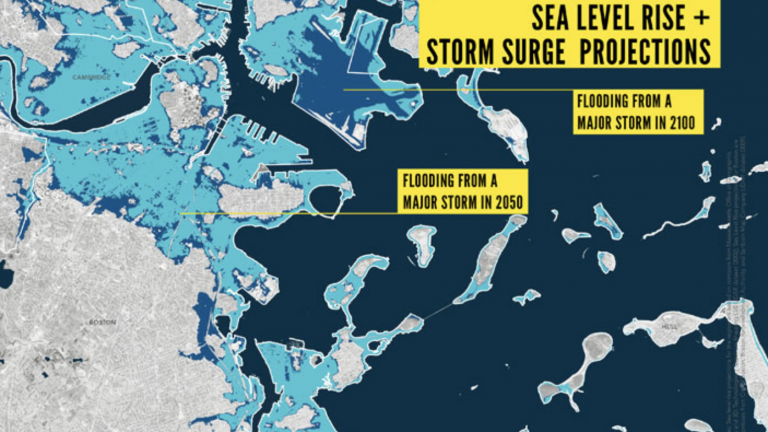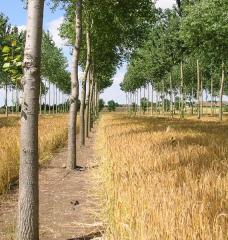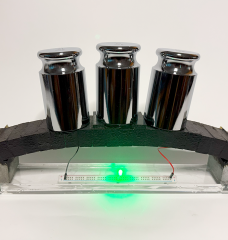
Avoiding the impacts from global warming by 1.5 degrees Celsius, as outlined in the 2018 IPCC special report, would require shifts on a global scale similar to the industrial and societal changes the United States experienced as it entered the second World War. With sea-level rise, global health, and vulnerable ecosystems at risk - what are we doing now to change our trajectory?
‘What Should Cities Do?’ organized by DUSP Climate and featuring Noelle Selin (MIT STS and EAPS), Kerry Emanuel (MIT EAPS), and Dan Kammen (Goldman School of Public Policy at UC Berkeley) is the first in a series of events exploring possible changes that could enhance climate education, advocacy, and action.






